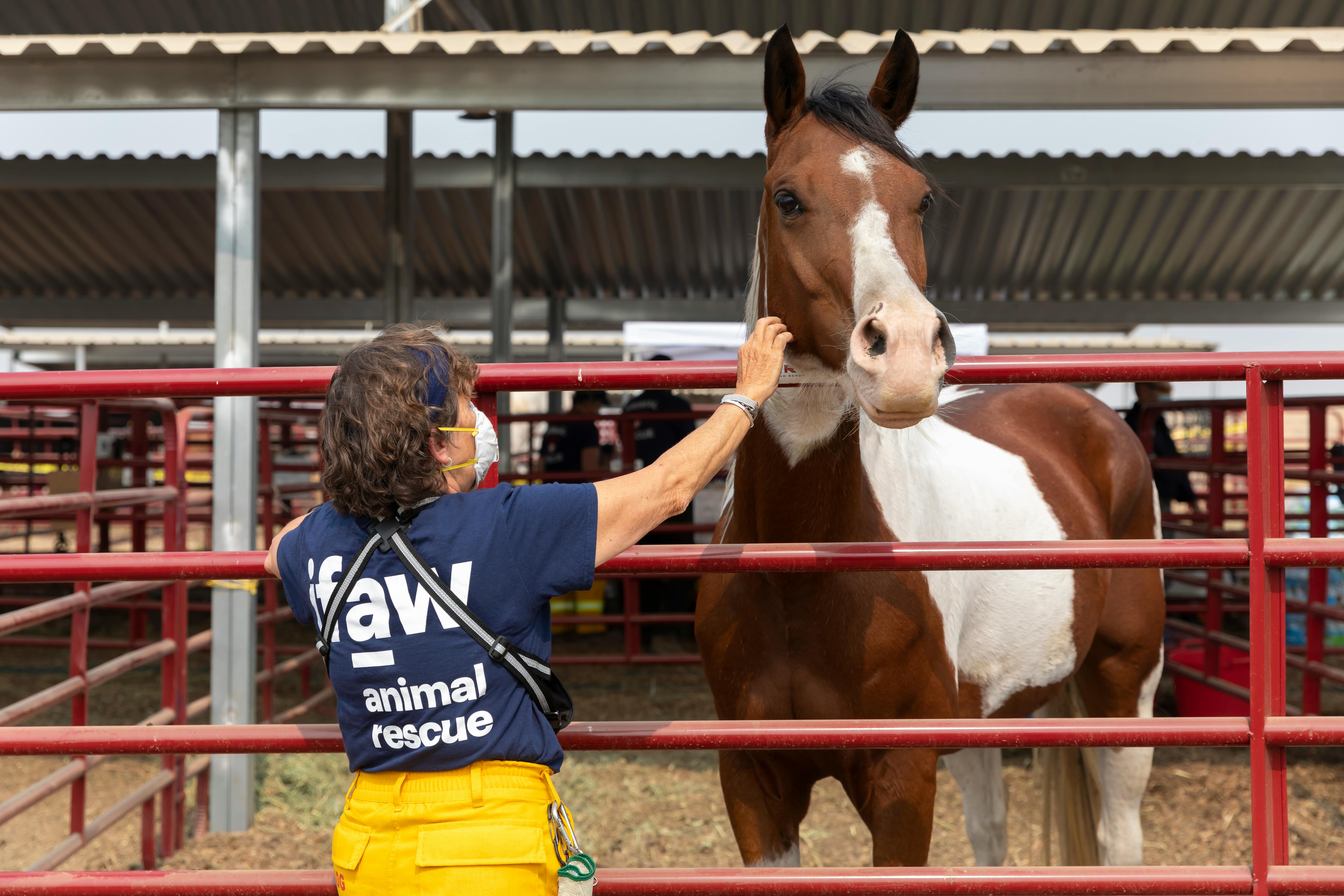On January 9, 1921, the Newton Gang entered Hondo, Texas., a small town 30 miles west of San Antonio, to rob one of the town’s two banks. It was just after midnight and the temperature was close to freezing.
The Newtons knew Hondo’s night watchman and, as was their custom, found him huddled around a pot-bellied stove in the mortuary. They cut all the telephone wires and then went back to see the night watchman. He hadn’t budgeted for his spot by the stove, so Joe stationed himself across the street as he kept watch while the rest went to the bank.
In his 1979 interview, Willis proudly told his side of the story:
“Sometimes you just get lucky because they had left the vault door open. They had left it unlocked so we didn’t need nitro or anything. We forced the window, walked to the vault, tried the handle and she opened! You’d be surprised how many times the banks would simply close the door to make it appear closed overnight.
“We cleared out the vault in no time and went to see if the night watchman was still in storage. Sure enough, he was reading a magazine and drinking coffee by the stove. Well, hell, we thought we had plenty of time, so we’d go to the other bank and we would try.
“We went into that bank and cleaned it out. Damn, two banks in one night and the night bailiff, he never left the warehouse!”
The local newspaper, the Deep Anvil Heraldled the story with a welcome headline:
Yeggs Rob Hondo Banks
One of the most audacious robberies ever staged in Texas happened here on Sunday morning
The people of Hondo were shocked and angry on Sunday morning when it emerged that both banks had been broken into by yeggs, between midnight and daylight, and robbed of both money and valuables. Entry to the First National Bank was effected by forcing the front doors; while the entrance to the State Bank was effected by knocking down the bars of the last window of the alley between Parker’s and the bank.
The newspaper went on to give a detailed description of the robbery:
Because most of the money in both banks was in the money safes, with time locks set, the cash loss was not serious, the First National lost a total of $2,814 while in the matter of loss of real cash the State Bank was a bit luckier, its loss was $1,879; both banks lost a total of $4,694, almost all of it in silver coins.
The funds of both banks were covered by insurance against theft, so neither will suffer losses. [Just like Willis had assured his brothers.]
The private box owners, who had put their valuables in bank vaults, are the biggest losers, and their actual loss will not be known definitively for some time, probably a month, as the box owners they are the only ones who can repair the loss, without the bank officials being informed of the contents of the boxes.
The owners of the safe deposit boxes had cash, government bonds, war savings stamps, jewelry and other valuables in their boxes, making it impossible to determine the exact amount stolen in the robbery. Estimates of up to $30,000 were never confirmed.
The article went on to describe the “safe experts”:
… That the thieves were experts is confirmed by the fact that they were able to work the combination into the First National Bank vault. [Willis said it was left unlocked.] They were also experts in the use of explosives, the State Bank vault doors being blown open with one of the most powerful explosives known: TNT. [ Willis swore in his interview that he never used dynamite-only nitroglycerine.]
The vaults were thoroughly looted and the floors were covered in paper about two feet thick.
From the thoroughness with which the thieves went about their search for securities, it is evident that they spent two hours or more in the bank vaults and the private boxes of the clients are in a sad state, most of them showing that they were opened to hits. by some heavy implement, probably a mallet that had been stolen from the Mask & Co. smithy.
… That the thieves were not tyros (archaic word meaning beginners) in the robbery business is further confirmed by the fact that they took every precaution not to be caught for possession of jewelry, gold coins, etc. ., which could lead to his identity. The floors of the vaults were literally strewn with items that could lead to detection. Banknotes and other items of value that could not be converted into money were discarded and left behind.
It is generally believed that the gang consisted of six to eight men, and that both banks were robbed simultaneously, one gang being assigned to each bank.
Another circumstance indicating that the robbers were not new to the bank robbery game is confirmed by the fact that all the telephone lines in the city were apparently cut before the banks were robbed. And this part of his plans was carried out in the most effective way and by a telephony expert.
… Wires were cut, apparently with saws, and individual wires were cut with wire cutters. Only three telephones connected to the local exchange were working on Sunday morning.
The theft was discovered by the night watchman around 5:00 a.m. Sunday and was immediately reported to Deputy CJ Bless.
… Harry Crouch, our local telegraph operator, was summoned and messages were sent east and west in an effort to intercept the thieves, but as far as the general public was informed, nothing was known about the address at which were the thieves. .
Detectives in and around San Antonio gathered at banks in Hondo looking for clues about the dueling robbery.
…One of the most remarkable coincidences in this whole business is that these robberies could have occurred right in the heart of the city and not more than 200 feet away, and no one among our people realized it until it was revealed to the public. day light. what had happened, and that too, it had since been learned that the night watchman and the other two men were in the mortuary waiting room, not more than sixty yards from the front doors of the First National Bank, while the shooting was taking place. Stole. accomplished. The thieves must have done their job very quietly to avoid detection. [It is hard to image a “silent” explosion of nitroglycerine.]
The word the newspaper used for the night thieves was “yeggs”, a popular vernacular expression of the time. It is interesting to compare the newspaper report with Willis’ account in which the First National Bank vault had been left open and they used nitroglycerin (instead of TNT) to blow up the State Bank vault door. Even more interesting was the fact that there were no follow-up articles about the theft. There was not a single mention of the multi-bank robbery for the next few months, although it contained big announcements from both banks. It was as if both banks had never been robbed.
The Galveston Daily News of January 10 reported the robbery describing a “tangle” that turned out to be a red herring:
Robber Heel can lead to arrest
Phone connections are cut when banks in Hondo are looted
San Antonio, Texas-January 10-A rubber heel, lost from a shoe, may lead to the identification of bank robbers who successfully robbed $20,000 from the First National Bank of Hondo and the Hondo State Bank in the early hours of the morning. Sunday.
The bank robbers managed to gain entry to the two banks by prying the iron bars off the rear windows of the buildings and by manipulating the vault combinations at the First National Bank, but blew out the vault door at the state bank.
The seizure was made from the safety deposit boxes of both banks, with the thieves obtaining only $1,500 in cash from the First National and $29,350 in money from the state bank. The smaller safes at both institutions were not touched.
The balance of the loot, according to the estimates of the officials of the two banks, was obtained from the owners of the safe deposit boxes of the banks. Hondo did not learn of the bank robbers’ visit until nearly noon Sunday, when open windows were discovered at the rear of the two bank buildings.
Lost heel in bank.
Sheriff JS Baden, during his investigation, received the missing rubber stub, which had been found in front of the First National Bank vault. Further investigation revealed a set of thieves’ tools consisting of a pipe wrench, saw and chisel, which had been left behind by the thieves. However, these are not considered as important because they are of standard manufacture and can be easily purchased at any hardware store.
Just outside the window through which the thieves entered the state bank, Bailiff Baden found the numbers 13,555 etched into the brick. This, bank officials believe, indicates the amount the thieves obtained from the bank’s deposit boxes. [This curious piece of information appears to have been just another “red herring.”]
Sheriff Baden believes the robberies were committed by a six-man gang, who sent an advance party of two to Hondo last week.
… The citizens of Hondo, who were up early Sunday morning, reported to the Sheriff that they saw a high-powered car leaving the outskirts of town occupied by six men. These, the Sheriff believes, were the Hondo thieves.
[Ironically] Sheriff Baden suffered a loss from the thieves’ early morning visit, as they broke into his safe deposit box at the First National Bank, taking $300 in stamps and $150 in bonds. In the box was a $100 Liberty bond owned by Donna’s son OJ Baden.
In light of the erroneous “tangles,” the Newtons were never tried for the Hondo bank robberies.
Willis Newton was born in 1889 and died in 1979, making him the longest-living Texas outlaw. He and the Newton Gang attacked trains and banks in the early 1920s, but their biggest haul occurred in 1924 when they robbed a train outside of Rondout, Illinois, making $3,000,000. They still hold the record for the largest train robbery in US history.



